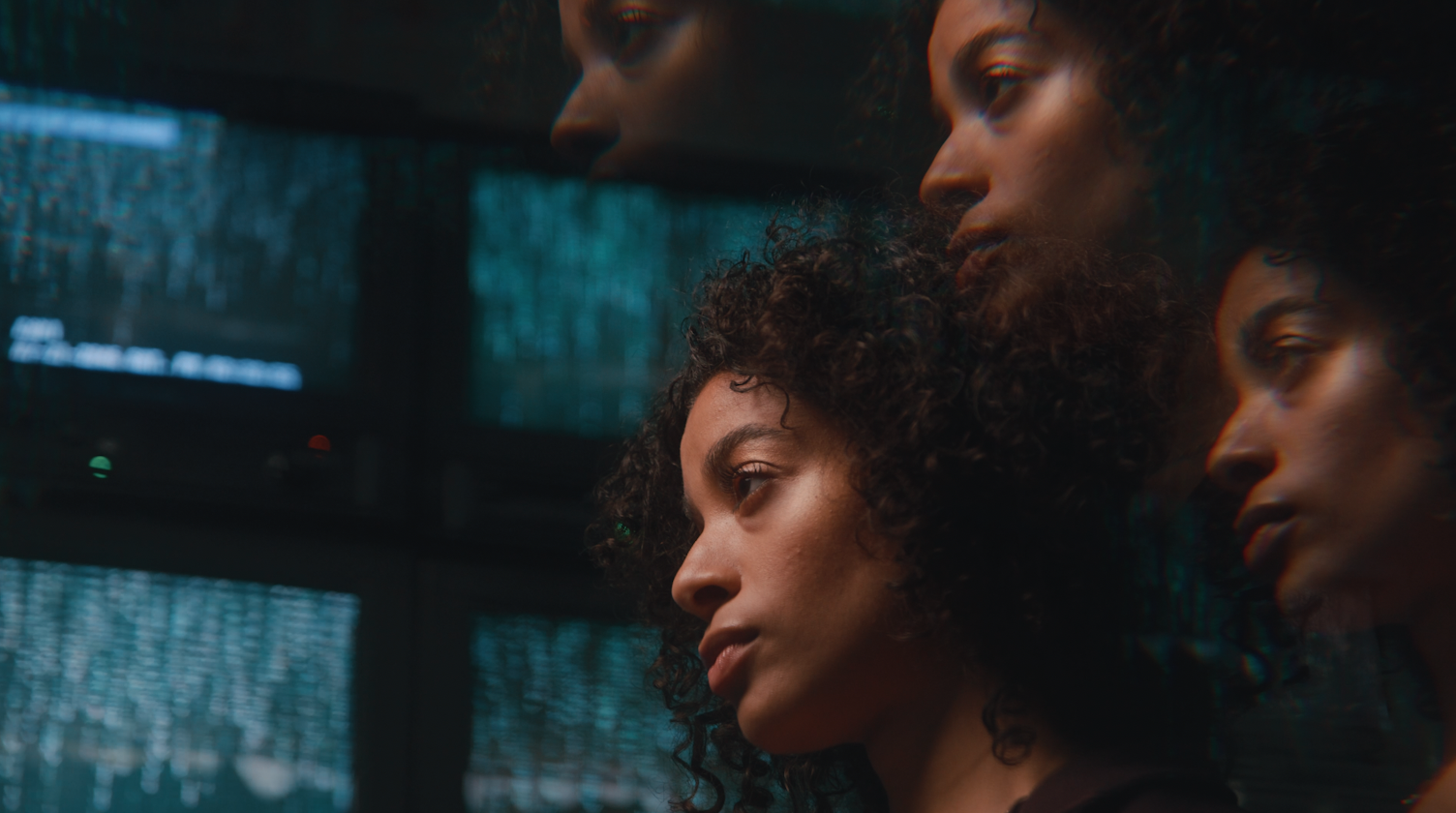
The Filmpac Ad Challenge
We know you work hard at your craft, and we want to invite you (yes YOU) to show us what you've got in our 10-day Ad Challenge!
Continue ReadingA filmmaker’s computer is one of the most important tools in their workflow. And when buying a computer to edit with, the age-old question of Mac vs PC is usually the biggest factor. Both will obviously run video editing software like Premiere Pro and DaVinci Resolve just fine, so which one is the best video production computer?
There are a lot of different opinions out there, and lots of confusing terms and specs such as CPU, GPU, graphics cards, SSDs, processors, etc, so we’re going to cut through the noise and show you the pros and cons of each, from a video editing perspective.


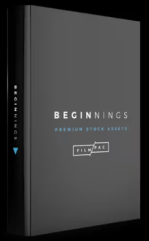
Pros:
User-Friendly
Superior Color Accuracy
Stable OS
Portability
Cons:
Expensive
Difficult To Customize



Apple has definitely captured the lion’s share of the high-end filmmaking world, and for good reason. Their machines are sleek, stable, easy-to-use, and powerful right out of the box.
Mac operating systems (macOS) set the bar for stability and performance, and the Mac interface is extremely intuitive and user-friendly. Macbook and iMac screens are also bright, rich, and most importantly, accurate in the way they display colors.
You can take the extra step of calibrating your monitor with 3rd party software or hardware, but this is usually not needed.
When it comes to laptops, Mac has a big advantage, with Macbooks being durable, compact, and perfectly-suited for 4K video editing and beyond. Plus, the integration with iPhone apps offers a big advantage for the mobile video editor. Thunderbolt is a lighting-fast connection protocol that makes using external hard drives very easy.

The main drawback of Mac systems is that they’re generally going to be much more expensive than a PC. They’re also difficult (and sometimes impossible) to customize or build, and models such as the Mac Pro and Mac Mini don’t have a built-in display.
Pros:
Easy To Build
Easy To Customize
Less Expensive (Sometimes Even Cheap!)
More Ports
Cons:
Less Durable And Stable
Less Portable


Over the last decade, more and more filmmakers have been making the switch from Apple products to PCs when editing videos, for a variety of reasons.
For those who like to customize their computers to perfectly match their workloads, a PC is the obvious choice, simply because it is by far the more customizable platform, with parts and components readily available and easy to assemble.
Many experienced video editors even build their computers from scratch to be able to handle even the heaviest of sessions, and this is almost always done with a PC.

PCs also have more built-in ports than their modern Apple counterparts; for someone who likes to plug in multiple USB drives or peripheral devices, this is a huge plus.
And of course, Windows PC machines almost always cost less than Apple Macs. So if you want to save money AND are willing to build or modify a custom computer to suit your own needs, a PC is the place to start.
However, Windows operating systems can tend to be slower and less stable when running video applications, especially if the computer’s graphics card isn’t up to the task. Intel-based PC laptops are also not as powerful as Macs (such as the Macbook Pro and Macbook Air), putting it at a disadvantage when it comes to portability.


Well, generally speaking, Macs are the better choice for beginners, mobile editors, and filmmakers who don’t need a lot of customization and don’t mind investing in a computer that could last them a decade.
On the other hand, if you’re computer-savvy and want to build your own machine, want the ability to add upgrades down the road, or just flat-out want to save more money, then a PC is the better choice.
A great analogy is to think of a Mac as a vehicle with automatic transmission (easy to use, less control), and a PC as a vehicle with manual transmission (harder to use, more control).
No matter what platform you use, it’s always a good idea to have at least a basic understanding of both Macs and PCs. This will allow you to more easily collaborate with others on a different platform, especially when using a collaboration-friendly playback program like Adobe Premiere Pro or Final Cut Pro.

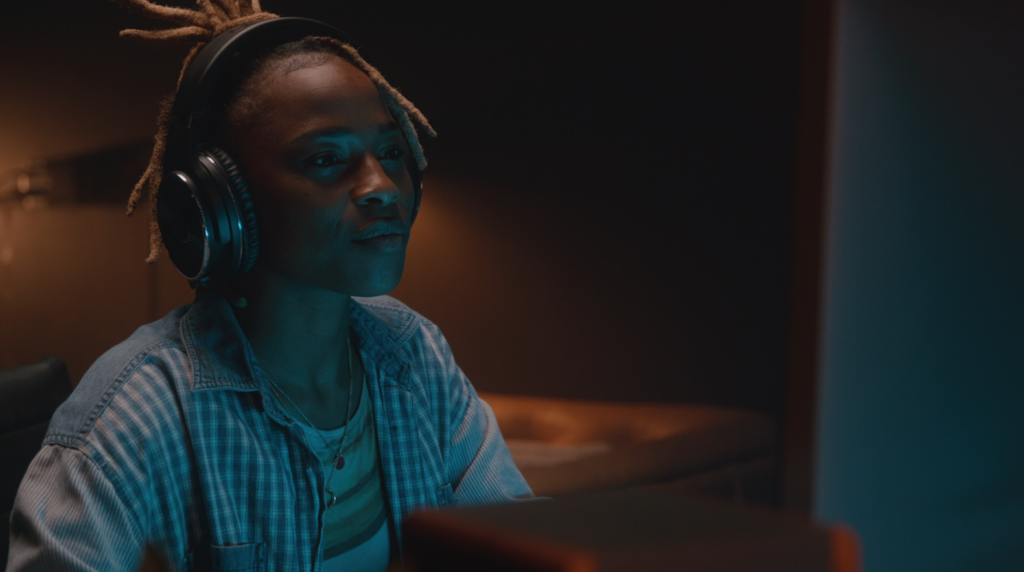
There’s a computer for every type of content creator, and we hope this brief overview can help you find the perfect one.
Kevin Graham is the Creative Director at Filmpac.

We know you work hard at your craft, and we want to invite you (yes YOU) to show us what you've got in our 10-day Ad Challenge!
Continue Reading
When it comes to professional video editing in the 2020s, two powerful software options stand out: Adobe Premiere Pro vs. DaVinci Resolve.
Continue Reading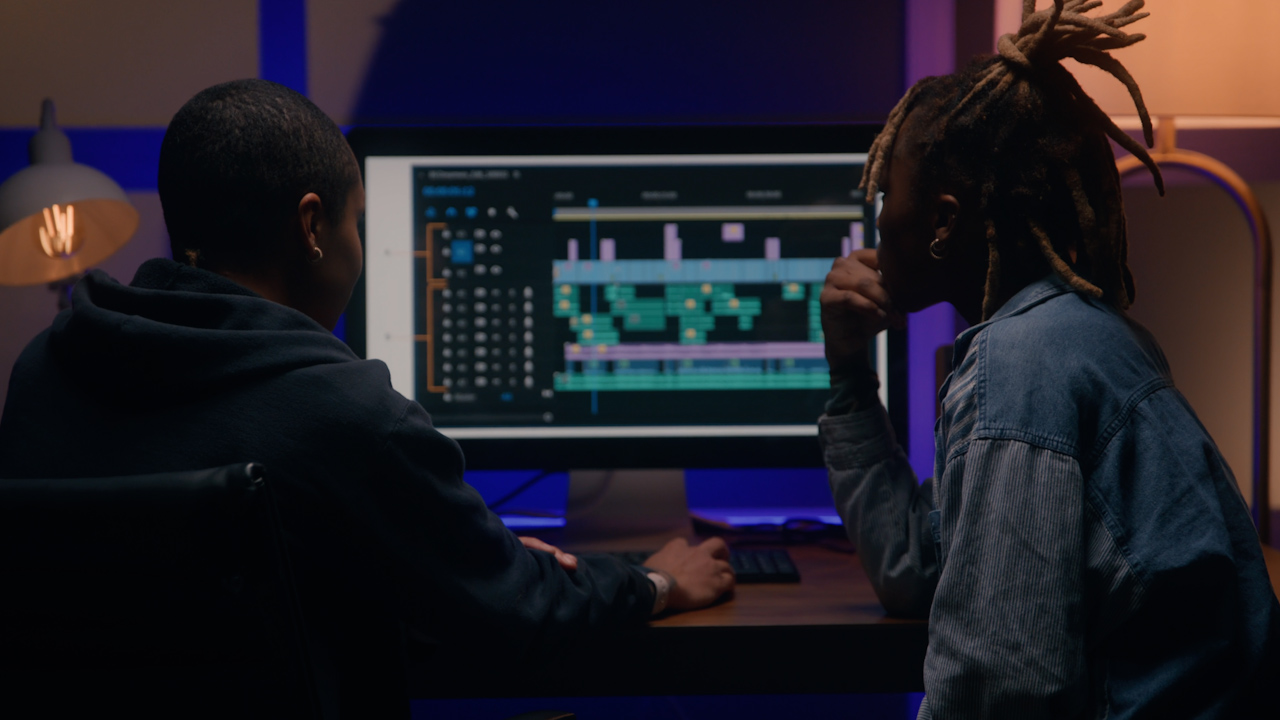
As content creators, the computers we use to edit our videos are just as important as the cameras we use to film. Here are our favorites.
Continue Reading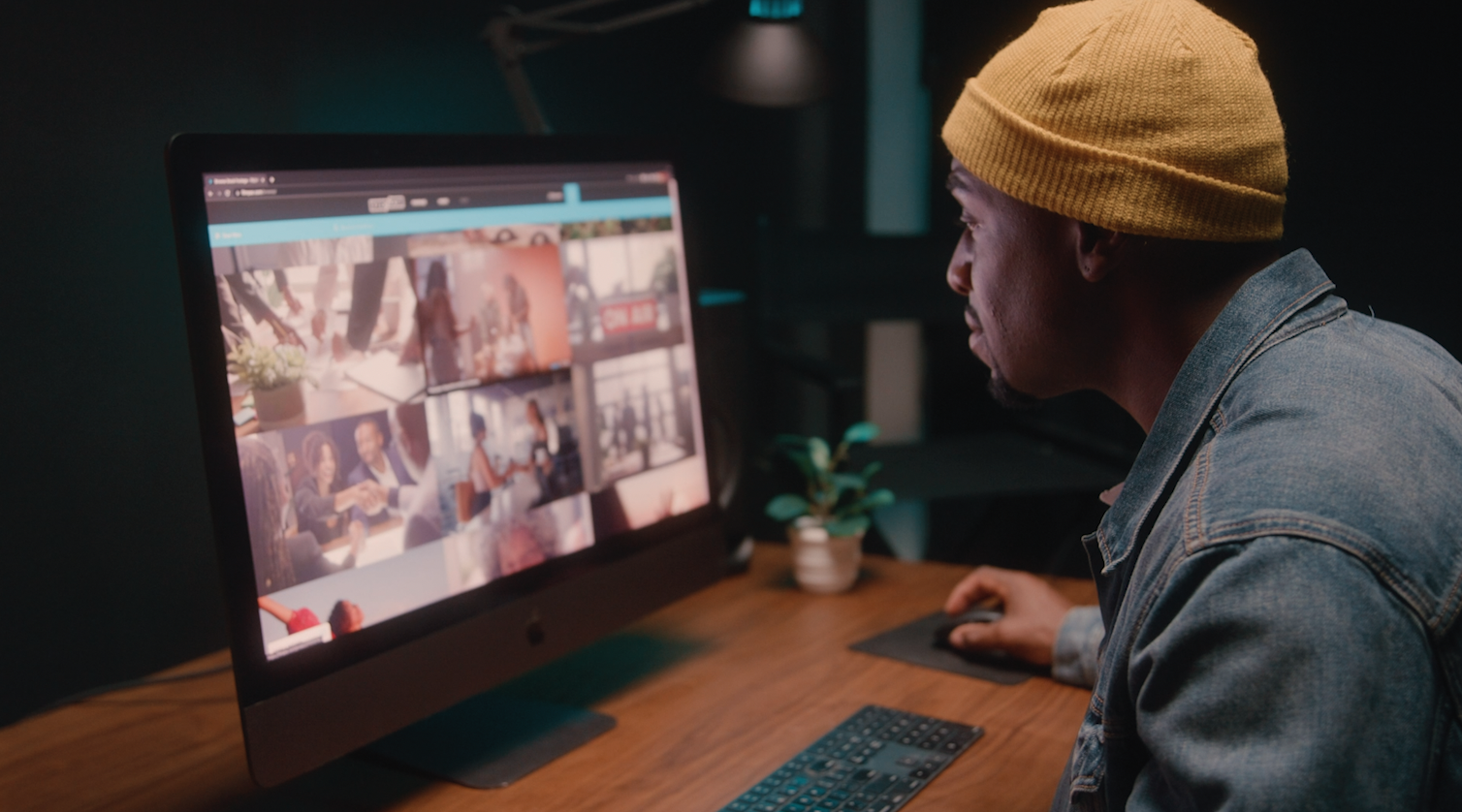
By far, the two most common frame rates in modern American video editing and production are 24fps and 29.97fps. Here's the difference.
Continue Reading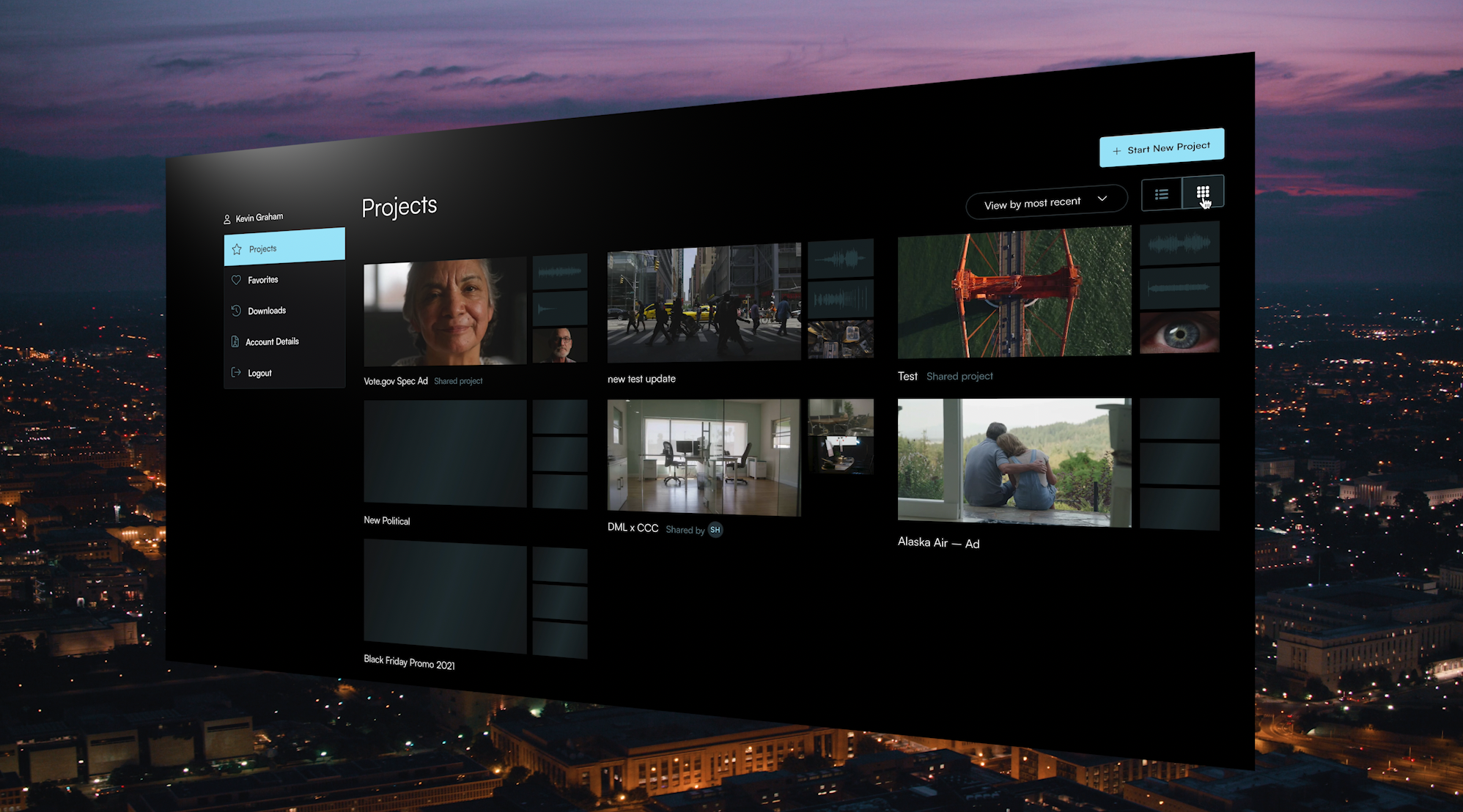
Filmpac’s newly-designed Project Feature is a powerful tool for collaborative video editing. Here’s a quick rundown of how it works.
Continue Reading

One of the most difficult parts of being a professional filmmaker is effectively managing and budgeting your time.
Continue Reading
Want to make money selling footage through a major stock footage platform like Filmpac? This page will walk you through the processs.
Continue Reading